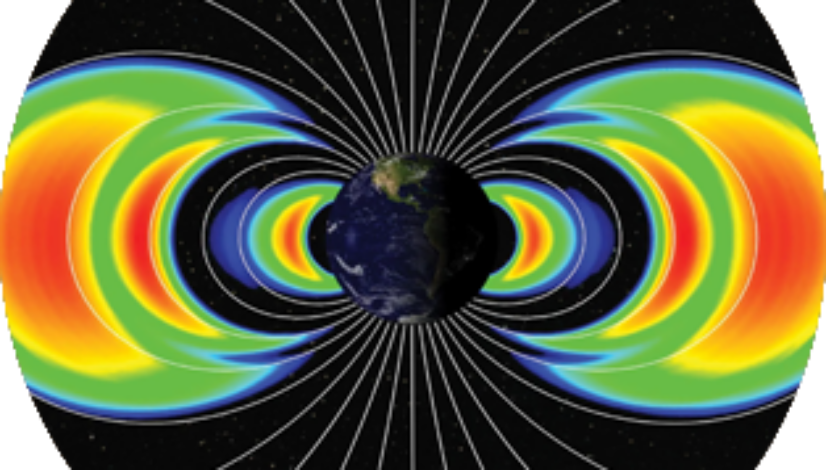Earth’s Mysterious Extra Radiation Belt
Starfleet Science Briefing: Earth’s Mysterious Extra Radiation Belt
Stellar phenomena continue to shape the spacefaring potential of civilizations, and a recent development in Earth’s magnetosphere presents a fascinating case study for Starfleet scientists. According to 21st-century research, a powerful solar storm in 2023 generated an unprecedented third radiation belt around Earth. This phenomenon offers critical insights into space weather, planetary shielding, and the intricate interactions between stellar emissions and planetary magnetic fields.
The Discovery of an Anomalous Radiation Belt
Earth’s magnetosphere has long been known to harbor two primary Van Allen radiation belts—concentric zones of charged particles trapped by the planet’s magnetic field. However, observations following a particularly intense geomagnetic storm in 2023 revealed an entirely new and temporary third belt. Scientists on Earth discovered this feature using advanced space-based instrumentation, marking an unexpected deviation from prior models of Earth’s radiation environment.
This temporary belt, composed primarily of high-energy electrons, persisted far longer than initial predictions suggested. The event underscores the dynamic nature of planetary magnetospheres and the profound influence of solar activity on space environments.
Implications for Space Travel and Starfleet Operations
For Starfleet, such discoveries hold direct applications for both planetary defense and deep-space navigation. The existence of an additional radiation belt poses risks for spacecraft operating in low and medium Earth orbit, necessitating refined shielding strategies. Moreover, studying these interactions deepens our understanding of how space weather events affect not only planetary atmospheres but also artificial satellites and crewed space missions.
From a broader perspective, the variability of Earth’s radiation belts provides a model for exploring exoplanetary magnetospheres. Many Federation member worlds and candidate habitable exoplanets may experience similar interactions with their parent stars. Understanding how magnetic fields react to solar disturbances enhances our ability to predict space weather phenomena in other systems, aiding in the selection of viable colony worlds.
Future Research and Starfleet’s Role
As Earth scientists continue to study the persistence of this additional radiation belt, Starfleet science officers should consider further investigations into analogous structures in other planetary systems. Observing how different stellar types impact their planetary magnetospheres will improve our predictive models for both natural hazards and the potential for habitability.
Additionally, such research may contribute to advancements in deflector shielding technology. If natural planetary fields can temporarily augment their radiation protection in response to intense stellar activity, Starfleet engineers might explore adaptive shielding mechanisms that mimic this process, improving the safety of long-duration space missions.
